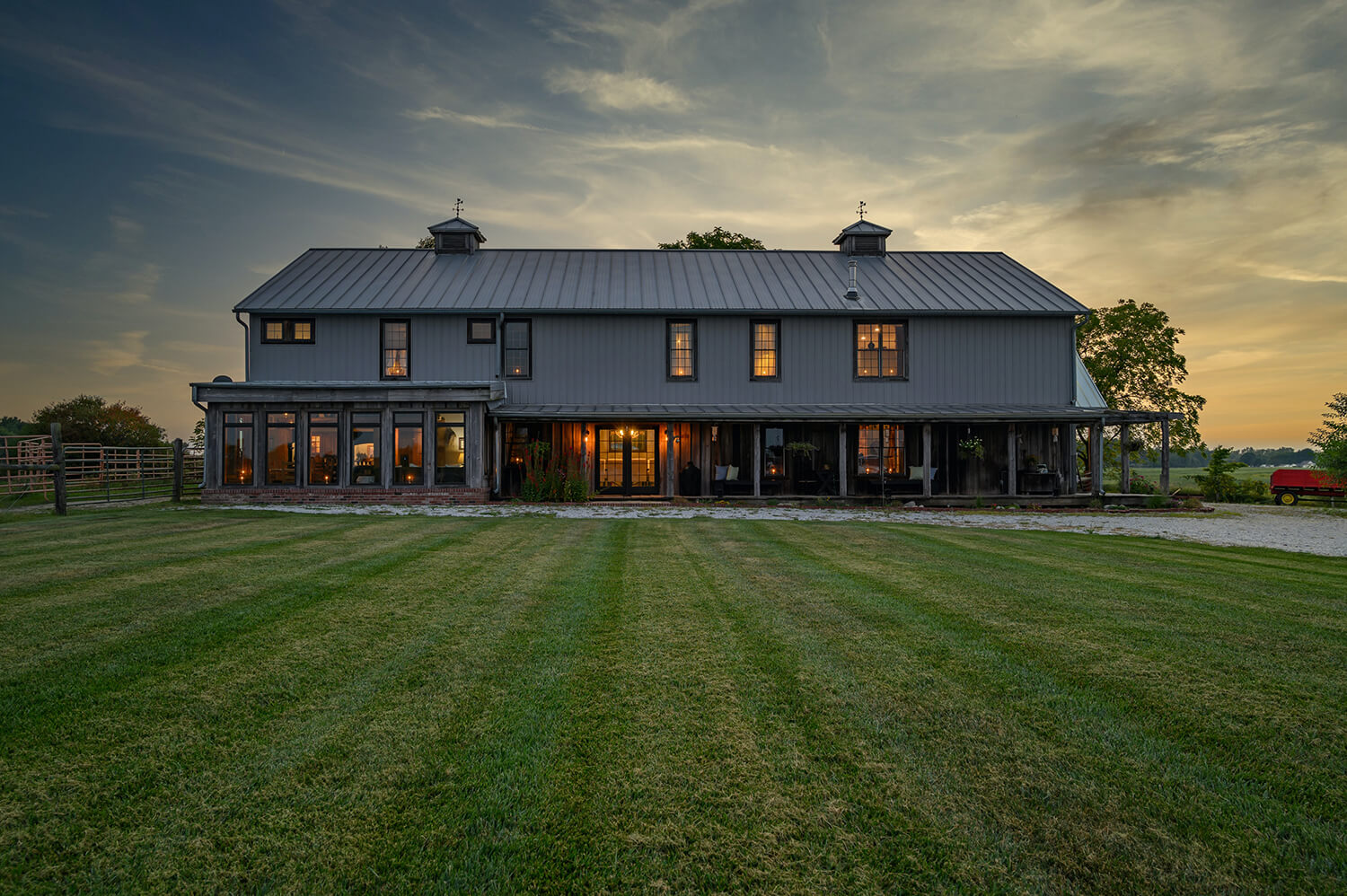Well, we just saw another amazing sunset tonight and we are hoping tomorrow we get a good one as well.
In the wintertime here you can see some really good colors in the sky as the sun is out over the sea, but in the summer the sun sets way behind us in the mountains so there aren’t as many vivid colors to see then.
But it is still a pretty season with all of the green coming out from the trees and the grass. So, today we will focus on warmth since it is winter and talk about heaters. Electric and gas furnaces are two of the most common heating systems in residential homes. HVAC professionals often use the terms “forced air” or “central heating” to describe the function of both systems, which is to circulate warm air through ducts to heat the home. Electric furnaces use heating elements to generate heat, which is then blown through the ducts by a fan. They are typically more energy efficient than gas furnaces, and also have the advantage of not requiring a flue or chimney to vent gasses. However, they can be more expensive to operate, particularly in areas with high electricity rates. Gas furnaces burn natural gas or propane to generate heat. They are typically less expensive to operate than electric furnaces, especially in areas where natural gas prices are low. However, they require a flue or chimney to vent the byproducts of combustion, which can be a drawback in some cases. In addition, they typically have a shorter lifespan than electric furnaces and require more maintenance. We hope this helped you a bit.
whole home air purification
